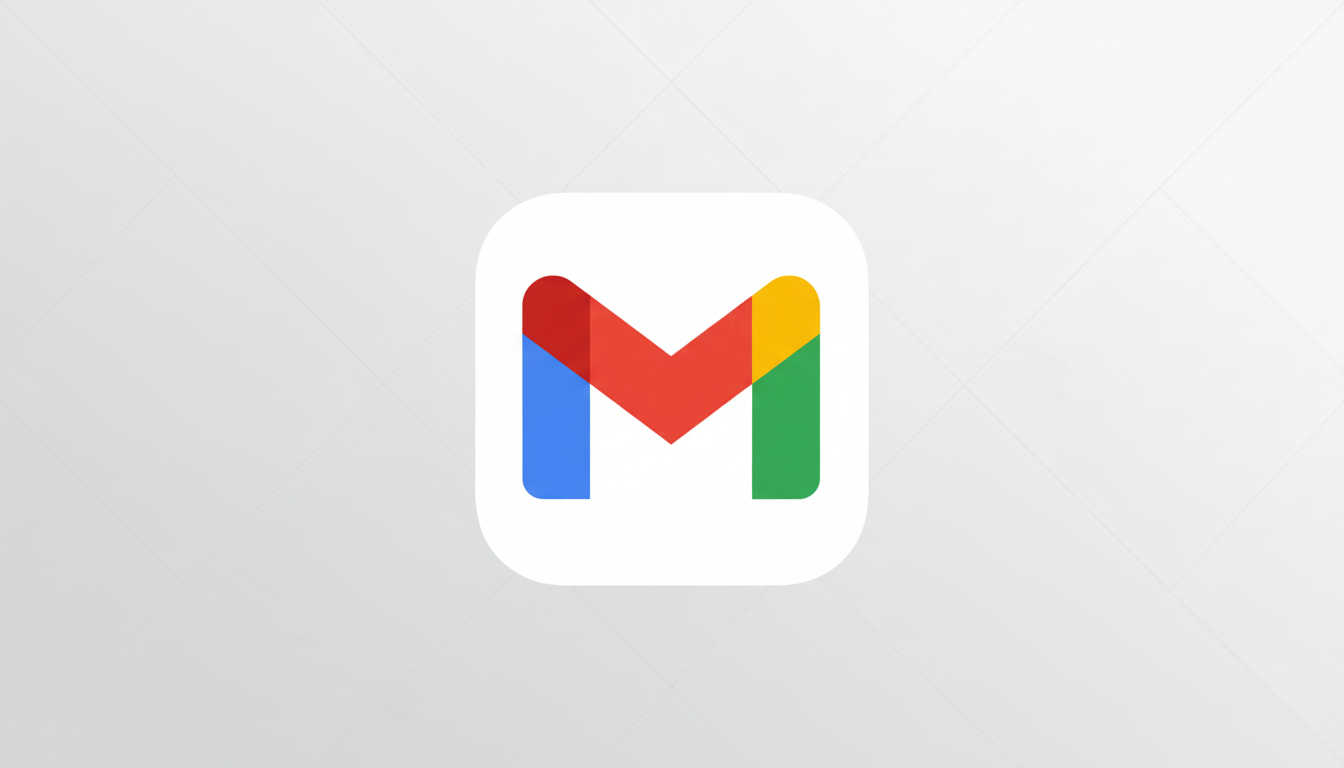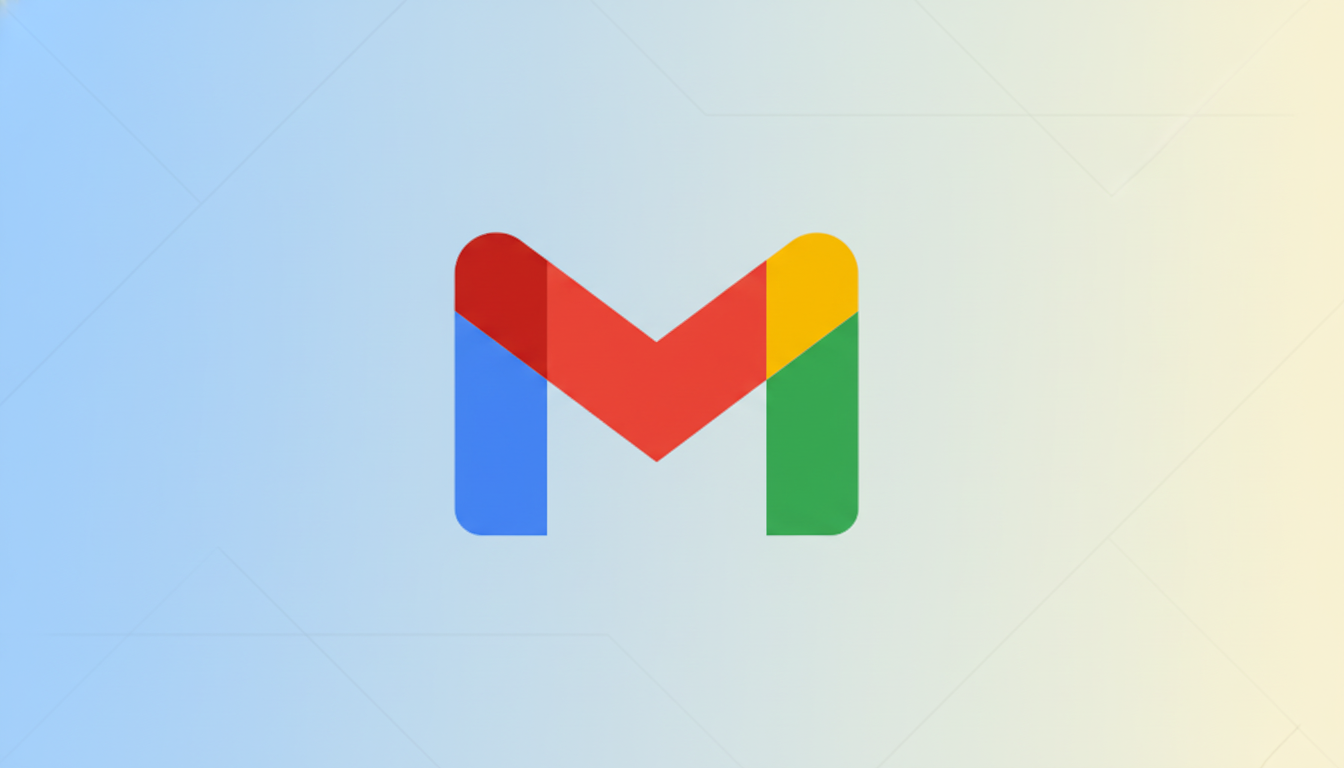Gmail remains the world’s default inbox, but its most loyal users are increasingly vocal about features that feel stuck in neutral. With more than 10 billion installs on Google Play and a global email ecosystem that Radicati Group estimates handles well over 300 billion messages daily, even small changes ripple at massive scale. The ask is simple: give people more control, modernize the interface, and make the AI actually reduce the mess. That push isn’t about novelty. It’s about productivity. McKinsey has long estimated that knowledge workers spend roughly 28% of their week on email. When minutes are currency, design and automation are not cosmetic niceties—they’re ROI.
Let Us Customize The Bottom Bar And Tabs
The Gmail mobile app’s bottom bar is prime real estate, yet much of it is reserved for Meet or Chat, services many users rarely open from within their inbox. Yes, you can hide these in settings, but discoverability is poor. A customizable bottom bar would be a straightforward win: let users pin shortcuts to Sent, Starred, Drafts, and key labels, or jump directly into Scheduled, Snoozed, or Priority views.

Category tabs are rigid. Primary, Promotions, Social, and Updates don’t fit everyone’s workflow. Power users want to create custom tabs—Travel, Finance, Family—or auto-collect receipts and shipping notices. Google once showed the value of this approach with its now-retired Inbox app. Bringing that spirit back to Gmail would reduce hunting and pecking across labels.
Declutter The Interface And Modernize The Menu
Gmail’s side menu is a scroll-heavy list that jams labels, categories, settings, and app links in a minimal visual hierarchy. Clear grouping, progressive disclosure (expanding sections for Labels or Accounts, with subtle dividers and icon contrast), and sleek, stripped-back alternatives all reduce friction. Notion Mail’s design hits the midpoint well—the iconography is consistent and smart, the grouping makes navigation fast, and it’s more efficient but still flexible.
On desktop, Gmail is still heavily reliant on a utilitarian layout—and that’s fine. But refinement is possible and meaningful: grouping by time offers more than free range, a compressible actions column adds signal to noise, a more prominent quick filter, and a sorting tray doesn’t alienate long-term users.
Make Gemini Actually Manage The Email Mess
Gemini can auto-draft replies, pull out attachments, and filter by sender, but it can’t triage. The trust problem is clear: counts are unreliable, bulk actions are limited in depth, and context is weirdly skipped in threads.
Natural language and AI need to be precise and proactive: accurate unread counts, a one-tap bulk cleanup of newsletters older than X days, and safe review and apply of a new day’s rules—“Did you know Google can unsubscribe for me?”

Natty rules would be transformative: inform people of future behavior with “move all receipts to Finance and mark read after 3 days” or “archive shipping updates once delivered.” The rule should present a mini-rule log of the actions, a preview of what might happen, and then blanket apply it across the entire history. A visual rules builder on mobile makes these power features mobile-only.
Search And Sorting That Keep Pace With Scale
- Gmail’s search operators are powerful, but the mobile experience still buries them. Add query chips—From, Has Attachment, Older Than, Larger Than—with instant preview as you type. Let users save recurring searches to the bottom bar or as custom views. Clustering results by sender or topic would help when you’re hunting for the one PDF in dozens of similar threads.
- Offline resilience needs attention. On-device indexing for the last 60–90 days, with smart caching of starred and labeled messages, would make flight-mode triage realistic. When a connection is restored, Gmail can reconcile actions in the background, sparing users sync purgatory.
Power Tools for High-Volume Inboxes
High email users find refuge in features competitors already shove in their faces. Outlook’s Focused Inbox sniffs signal from noise. Spark’s Smart Inbox stacks emails by priority. Superhuman popularized blazing-fast keyboard workflows and split inboxes. Gmail can match these without compromising its simplicity: offer optional views for VIPs, Projects, and Newsletters and let users pin triage queues at the top of the feed.
Other small nudges would punch above their weight:
- Per-label notification controls
- Pin threads above the inbox
- One-tap “Snooze until next business day”
- Smarter batching of low-importance mail
- Better multi-account management with a true unified inbox that preserves per-account rules
Design With Trust, Transparency, and User Control
Gmail has reached a point of scale where changes require caution, but trust is generated where users feel they have some form of input. Transparent AI actions accompanied by an undo window, with clearly visible logs of automated changes and a default-off setting for cross-promotion of adjacent apps in the inbox, would all help achieve this. Private users could be better serviced by surfacing end-to-end encrypted options for particular threads and by clearer security signaling to them that Gmail can be trusted.
Gmail is a work mule, but it has earned it. The next frontier is not another enterprise app integration but rather thoughtful customization, credible personal AI, and an interface that is less cluttered and more evolving as users gain experience in processing email. Implementing control for users can be done.

